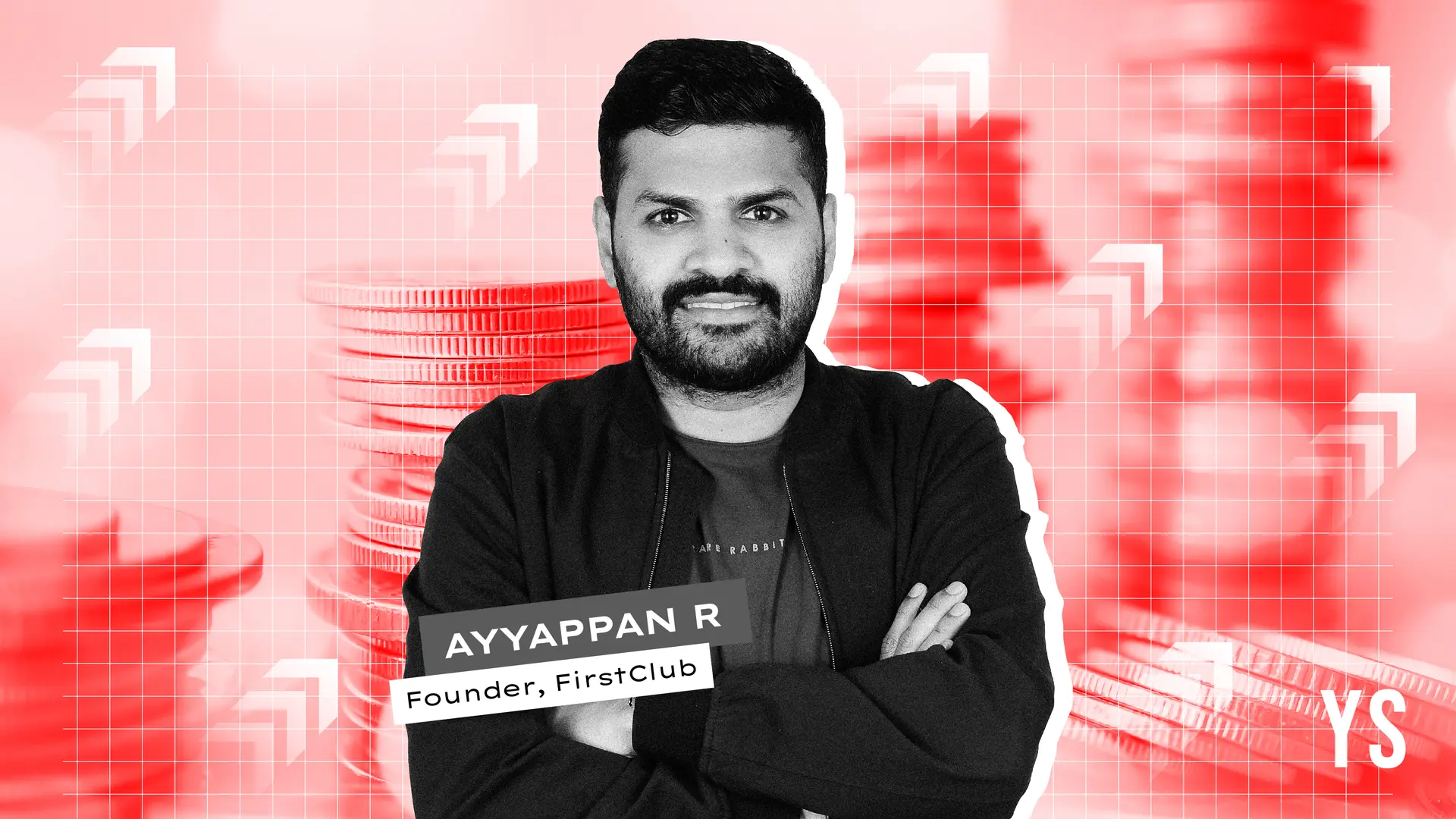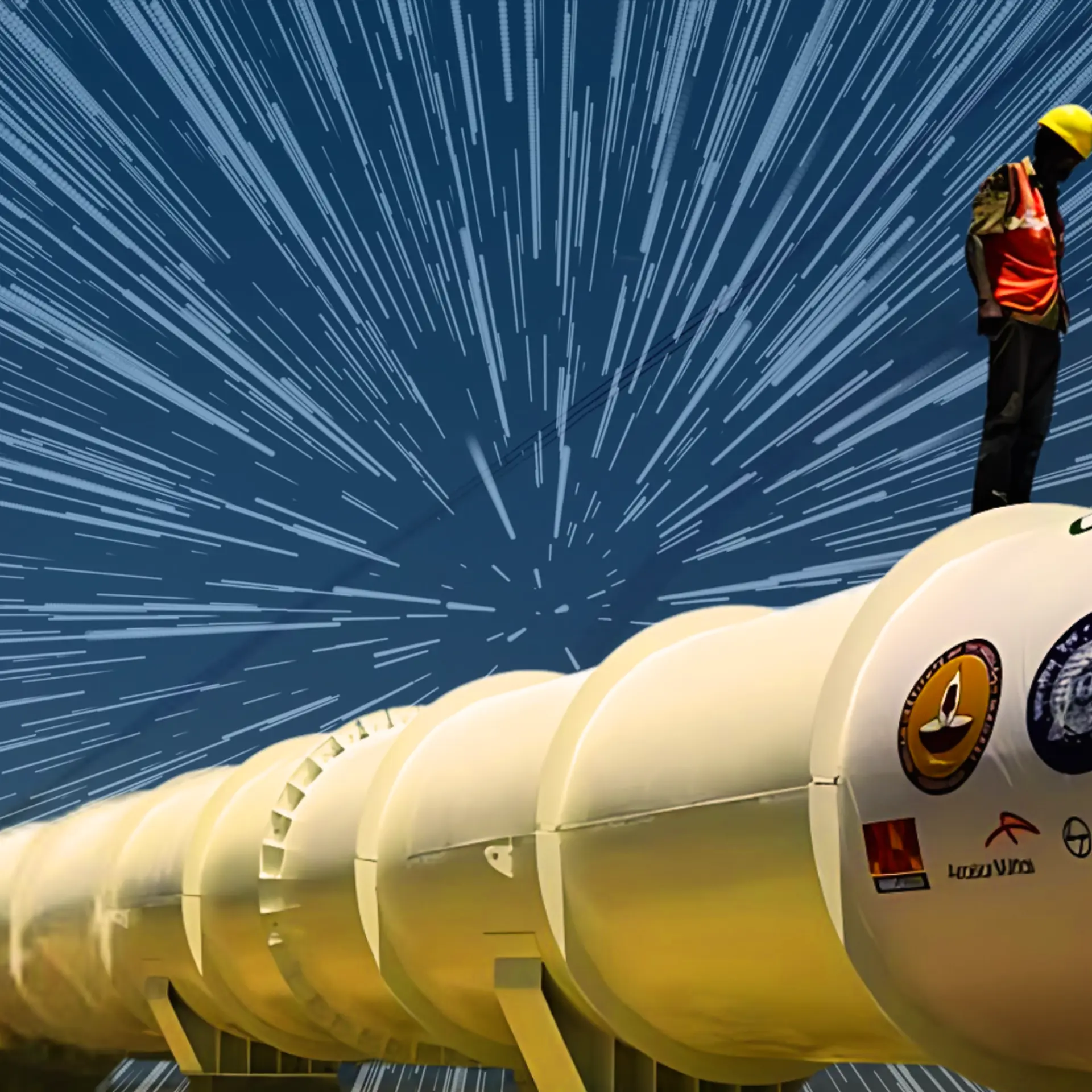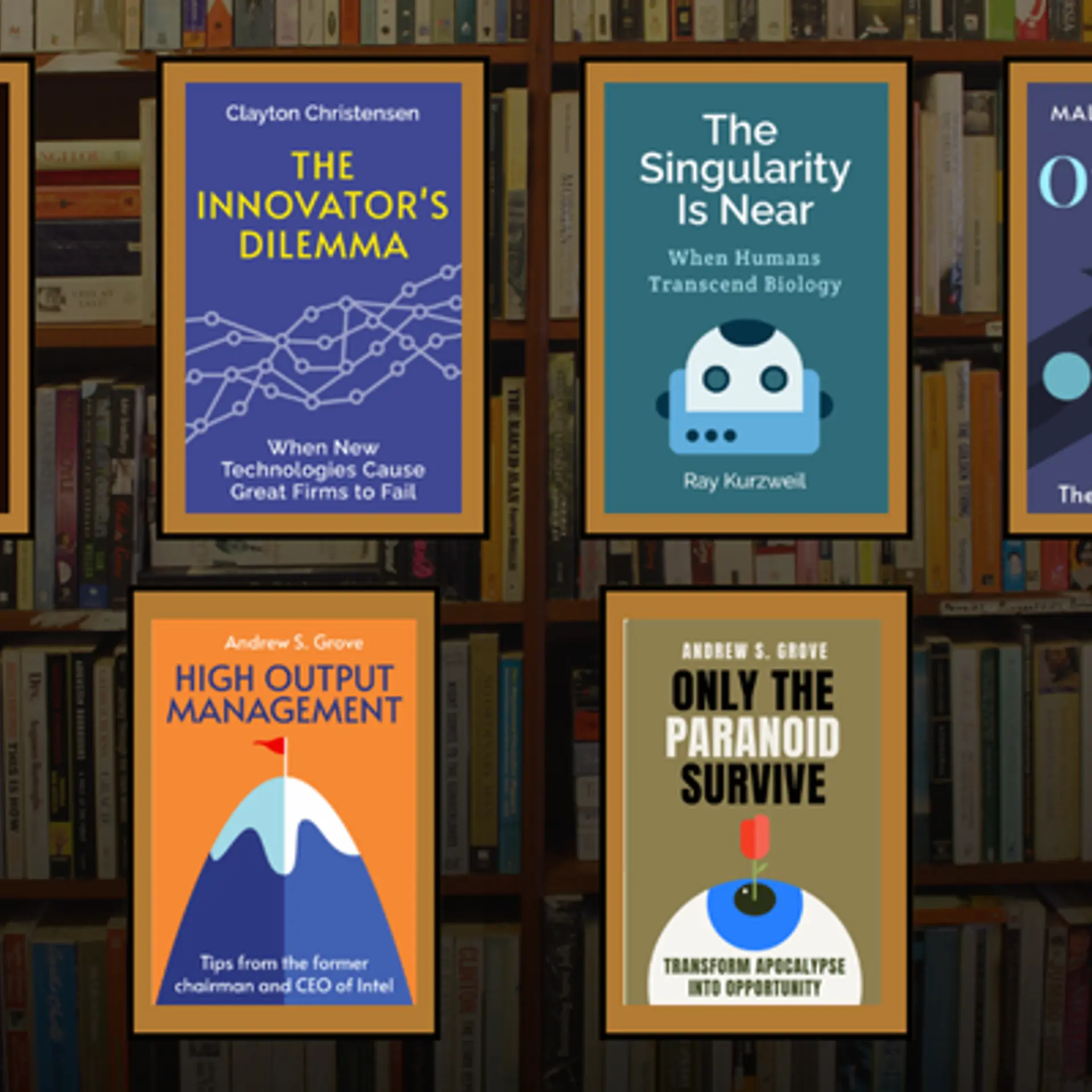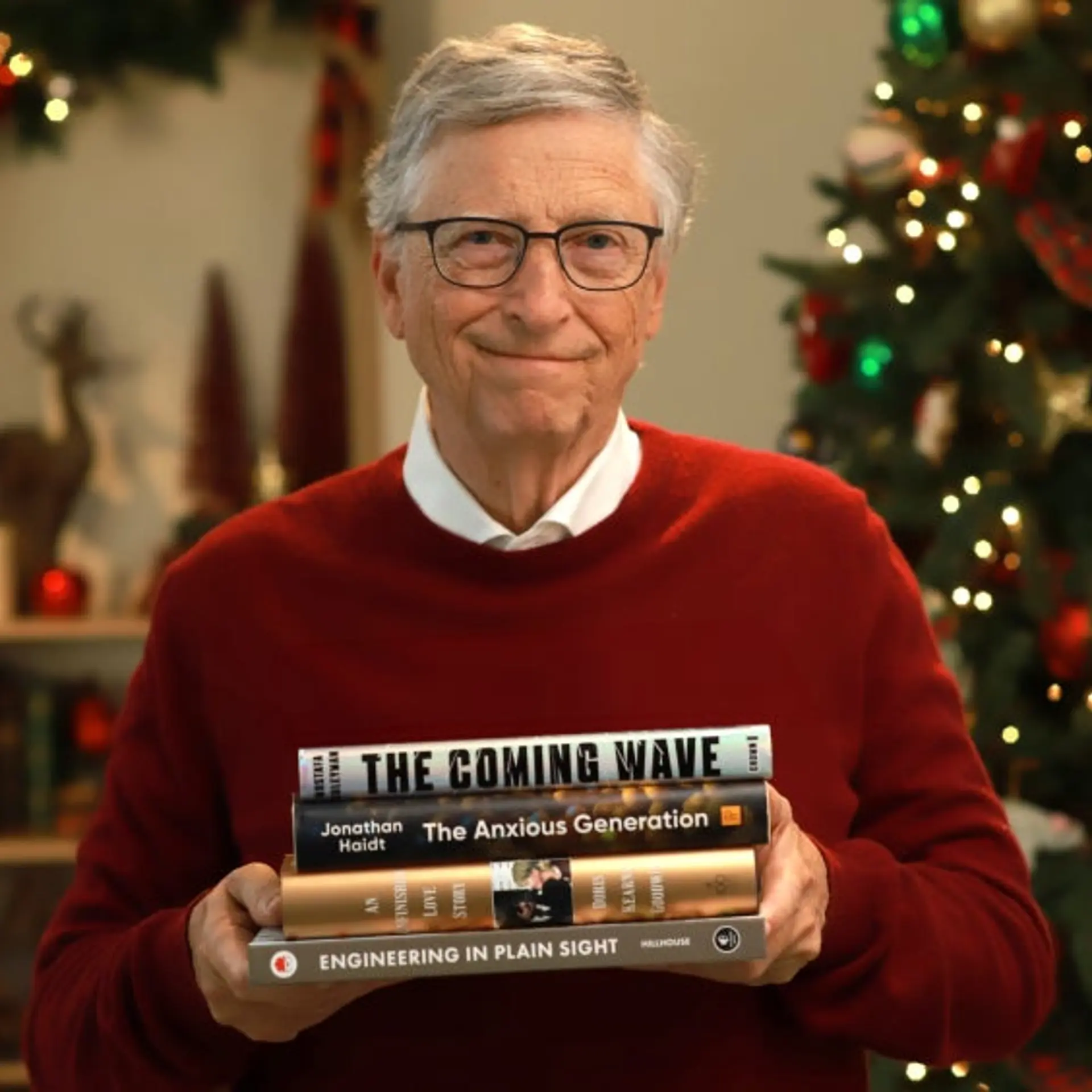YourStory in conversation with Ramendra S. Baoni, founder of BiSquare, on building a global product design consultancy
Monday April 25, 2011 , 14 min Read

Tell us about Bisquare.
Bisquare is a product design and Innovation company that ensures that the end customer is charmed by the products that it designs. This is done through an End-to-end design approach of seamlessly combining Industrial Design, Electronics, User Interaction Design and Software along with packaging and branding to deliver the user experience. This is carried forward to ensure that the product is manufacturable in volumes at the right price point(as per the target customer segment) through an ecosystem of manufacturers/ component suppliers & QA vendors in Far-east/China or India(depending on the needs of the client).
How is Bisquare Systems different from other product design/consulting firms?
Most Product Design/Consulting firms have a vertical expertise: Industrial Design, Electronics Design or Software Development. They almost always do not have the capability to take the product into volume production. Bisquare on the other hand can take a product from conceptualization, ideation, and specification stage through realization and follow it up into production to ensure that the product actually can be mass produced.
This requires multi-dimensional skills such as: Usability, Ergonomics and Aesthetics combined with knowledge of Processors, operating systems, power management, thermal management and mechanical engineering on the other hand and software, user interface design etc. to create the product. This in turn needs to be married with the skills on Design for Manufacturability, component sourcing, EMS relationships etc to ensure that the products can be manufactured in high volumes at a cost effective price. I am not really aware of any other Product Design/ Consulting company that can provide this.
How did the idea for Bisquare Systems come about? How much capital was required to implement the idea?

Bisquare(in its earlier avatar) was started in 1996 as Bisquare Consultants along with my batch-mate from BITS, Pilani. The basic idea was to help Indian companies who do not have access to technology to gain a competitive edge. It was probably the wrong idea or the wrong time to do that. Most companies that we talked to preferred to collaborate with an existing player or get products from overseas and sell them after branding them. We struggled hard until we started working on Embedded Design Services – ASIC Design, Embedded Software and Hardware Design for overseas companies(mainly from Japan and USA). We also diversified into Computer Telephony at that time. Things were very good at that time.In the year 2000 we decided to focus on the two businesses independently Embedded Design Services(became Bisquare Systems) was taken over by me and Computer Telephony business was taken over by my partner.
We developed the country’s first Set Top Box for DTH way back in 1999. The product was liked by one and all, but I guess that was too early for its time(maybe 5 years too soon). I ended up losing a lot of money on this venture.
Bisquare Systems was subsequently created in 2001 by Anju Baoni, an Electrical & Electronics Engineer from BITS, Pilani with experience in Telecom Software at C-DoT Bangalore & Delhi and me(Ramendra Baoni) to focus on Embedded Systems Design Services and Consulting.
Bisquare – is simply “two squares”. If you look at the logotype – it is two squares (of different sizes) to form a larger square (and two rectangles to fill the rest of the gap). It symbolizes the most optimal shape “square” representing a product constructed through smaller “squares” representing electronics and software.
This logo went through a redesign, when we changed our focus to End-to-end product design in 2006 end to early 2007. At this time it became three-dimensional square or a cube still retaining the two squares (which now became cubes). This was done to add in the other aspects of product design that I talked about earlier. This also coincided with another promoter joining Bisquare – Dipendra Baoni, who did his Diploma with specialization in Product Design from National Institute of Design, Ahmadabad. The logo was also designed by him!
There was no capital deployed to create Bisquare. We essentially started from Ravi’s father’s office in Lajpat Nagar with a small investment of Rs 10,000 and a small loan from him until we were able to start earning revenues.
Tell us about your background.
I have done my schooling from St Paul’s School, Darjeeling followed by a Dual Degree in Electrical & Electronics Engineering with Computer Science from BITS, Pilani in 1991. I was a keen electronics hobbyist since my class 7, when my Physics teacher (Mr SP Sharma) introduced me to electronics and soldering, later I got addicted to computers when my school got a computer in 1983! I was involved in Robotics from my second year and we developed the first Robot at BITS in 1988. I was also instrumental in starting the Centre for Robotics while a student at BITS, I later continued as a Visiting faculty at BITS till 1994.
I started my career from DCM Microelectronics (a company under DCM Ltd started by Mr Virendra Mohan, ex CMD of SCL, Chandigarh and later merged with DCM DataSystems) in 1991, one of the first few companies in India to star ASIC Design. My boss and mentor, Dr Rajendra Datar gave me tremendous freedom at work and had a lot of faith in my work, and involved me with designing many pioneering ASICs for various DRDO labs, CDOT and DCM from Concept to tape off.
I left DCM and started some freelance consulting. I designed the 1st Remote-controlled Analog Satellite receiver in India in 1992, which was launched by MCE, Delhi. Later on I got together with Ravi and started Bisquare Consultants in 1996. The journey at Bisquare has been very interesting ever since. After the design of the 1st DTH Set Top Box in 1999, I was a part of the CAS committee as the technical expert and also a part of the BIS standards drafting committee for Digital Set Top Boxes.
Let us know about the tie-ups that you have (if any). Is there acceptance for your concept? Can you give us some incidents to illustrate the same?
We do not have any tie ups! We work with various ecosystem partners who participate in various aspects of the overall design activity. For example, there are a large number of Embedded Software and Hardware Design companies in India in the services space; similarly there are a large number of Electronics Design houses in China, Taiwan, Malaysia. Similarly there are quite a few ODMs and OEMs in China, Taiwan who are a apart of the Bisquare Ecosystem.
We work with these companies to take care of specific parts of a design. Bisquare takes care of the complete product design aspects and outsources (or partners with) these partners for specific implementation aspects depending on their areas of expertise and specialization. Bisquare takes care of managing the whole development after the Design and architecture has been finalized by the Bisquare Design team.
This model is actually accepted very well; actually it is the basis of the outsourcing business to India. In the case of Bisquare, the way we adopt this model is different. Typically a company that needs additional resources outsources to some software companies in India, but the company is responsible for the delivery. What Bisquare does is that it takes up the complete responsibility to Conceptualize and Design a product and also ensures that it is manufacturable at the right price point. It then conceptualized and designs the product and works with its ecosystem partners to implement various aspects (depending on the specialization of the partner). We manage the entire project execution and delivery.

For instance let’s take the Assistive Media Player with Audio book reader – Buddy. This is the world’s lowest cost Audio book reader for the Visually Challenged (retails for Rs 4,000 compared to Rs 16,000 or more for other products), a product designed by Bisquare which was conferred the National Award for Product/ Technology Innovation in December 2010 by the President of India. This was conceptualized along with Mr Dipendra Manocha of the Daisy Forum of India who runs an NGO – Saksham Trust. We worked on the Chips used for MP4 players (manufactured by a Chinese Semiconductor company) that sell at extremely low prices in the Grey market along with a Design House in China (as the documentation was primarily in English, but the Chip was very good and well optimized for our application) for the Hardware Design and for doing form factor boards. The firmware and the device drivers were done by the Chinese semiconductor company. The Industrial Design was done by Bisquare, but the mechanical design was done by the same Chinese Design house. The software development was done at Bisquare based on our innovative Voice assisted User Interface design. The manufacturing is also done at China, with the WC handled by Bisquare engineers at China. This allowed the project to be handled in a extremely cost effective manner, and we were able to create the world’s lowest cost product with a very rich feature set!

Where do you see product design consulting in India and Bisquare Systems five years from now?India has a good potential for Product Design consulting theoretically, due to the large talent pool available. As per my analysis, this domain has not taken off due to two major issues. One is the inflexibility in the educational system, where it is virtually impossible in most institutes to follow your interest in science, mathematics and fine art together (you will be surprised by the large number of young kids who are forced by the educational system to abandon arts for the science streams due to ‘better job prospects’ and the lack of option to follow both in schools and colleges). Most students follow one of the disciplines and are able to excel in engineering or arts/ design. Now there are some very good options of design institutes like the NID, Ahmadabad and IDCs in IIT Mumbai & IIT Delhi. on the other hand the engineering capabilities are already well known – but are normally channelized towards Services. The mind set has to change for Indian companies to take more risks and do products.
Bisquare Systems sees itself as becoming among one of the worlds best product design companies over the next five years with our excellent blend of capabilities on both the creative and technical aspects of design. We have an excellent team of engineers that have been nurtured and given immense freedom to ‘think out of the box’ and innovate. We don’t really plan to grow in terms of numbers, but in terms of the value that we provide to organizations through an increase in our ecosystem.
What is Bisquare Systems’ revenue model?
Bisquare has two sources of revenue – Design consulting (Non Recurring Expenses) or one time payouts along with either royalties or equity in a venture based on product design/ technology as the case may be. The split-up between the fixed and variable component is based on the clients preferred model.
We have not considered funding directly into Bisquare. We prefer getting funding into the innovations. Last few years (since we changed our business model and focus) we have focused on building some innovative products and spinning them off as independent ventures. For instance, we developed a product targeted at the mass market for taking care of the lighting needs in a large art of the world where there is no reliable power and a large number of kerosene lamps are used. Bisquare internally invested in the design and development of the product and the technology (Provisional patents were filed). Once we had functional prototypes demonstrating the Design innovation and the business mode around the concept, we got an entrepreneur as a CEO with equity interest and spun it off as an independent company – ECCO Electronics (www.eccotronics.com) to leverage this technology by getting into manufacturing and marketing, and to create a distribution model to reach the masses. Venture funding was arranged for ECCO to take the product into market through manufacturing, filing patents (to protect the technology and design) and creation of the sales and marketing teams. Bisquare continues to innovate into other products that ECCO needs, while the professional management team now runs ECCO.

As an entrepreneur, what are your joys? What are the challenges?I really enjoy Electronics product design, as it is actually my hobby! Nothing better than making your hobby or passion into a profession. Creating of a product gives the same thrill as binging up a child. It is impossible to describe, it just has to be experienced! The thrill of creating products that others enjoy using is incomparable. The single biggest joy was a “thank you for creating the Buddy” from a user of our Buddy Audio book reader, who found out my phone number and called me up.
The biggest challenge that we face is funding! Since we are a purely product development organization. The best model is to make the product on our own and then showcase it. Product design is a very expensive exercise (this is probably the single largest region that there are virtually no product companies in India), and investors cannot be shown steady revenues, as they tend to be very erratic – some years are very low revenue years (when the investment is mainly on development) and others have huge returns (when we license the designs/ technology). Besides, getting funding into the innovation company restricts our freedom to innovate. This is the reason why we have adopted the model of getting our innovations funded instead (the main issue is that the returns are into the future). We are still trying to figure out a model that will work well for the funding!
The other challenge faced by us is the non existence of a good ecosystem for product development in India. Prototyping of plastics, metal and complex PCBs and components are difficult to get/ source in India. This has forced us to spend a lot of time and money in working with ecosystem partners in Taiwan, China, Malaysia etc. The ecosystem will develop in India only if there are a lot of product designs and manufacturing happening out of India.
How big is the Bisquare Systems team? Give us some info on team composition. Are you looking at hiring?
Bisquare is a very tiny team with a very large breadth of talent Art -> Design -> Technology. We have members with Design, Fine Arts and Engineering (electronics, embedded software & web technologies) backgrounds. The engineers also have a bent towards creatively of some type or the other maybe painting, woodworking, photography or music. This creates an environment for innovation across our two design centres - Noida which is more technology and engineering focused and Pune which is more creative design focused.
We have a very small team of some 20 people across the two design centres, which is approximately 50% creative and 50% engineering/ technology. Dipendra and myself are directly hands on in the product design process along with our core team of Mrinal Madhukar, a Computer Engineer from AMU who drives the Embedded Software development, Hemendra Varshney, an Electronics Engineer from AMU who drives the Electronics Design domain and Rahul Khatri, a product Design graduate from Symbiosis, Pune who is a key Industrial Designer as a part of the core innovation team.
We are always looking for talented persons who are willing to take risks and want to innovate!
Let us know about your expansion plans.
The next few years will be focused on creating products (devices and services) mainly for Infotainment (Education and entertainment), e-Governance, Healthcare, Lighting & clean energy. We plan to grow organically on our strengths internally and a large ecosystem of partners externally.
Anything else you want to tell us?
In the last three years that we have been focused into product design, we have successfully delivered three products that are already in mass production. Buddy has received the National Award for Innovation (the highest honour) from the President and also from Frost & Sullivan is mainly sold through NGOs in various parts of the world. The ECCOdiva has been getting a tremendous response from various NGOs, PSU and from the retail market (it has only been launched in UP). More than 5,000 units of ECCOdiva have already been shipped in the pilot phase itself.
We at YourStory are excited about BiSquare’s expansion plans! What do you think about this idea? Do check out http://www.bisquare.com/ for more details and write to us at [email protected]






